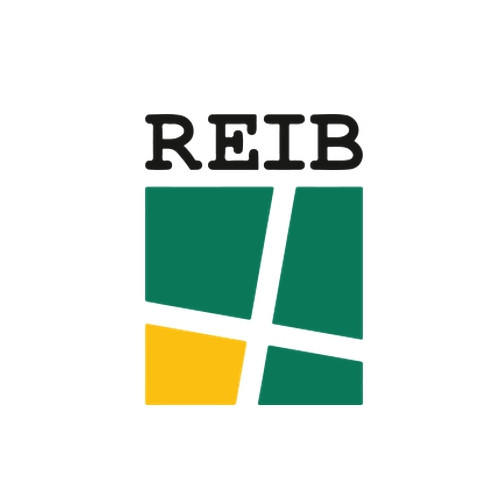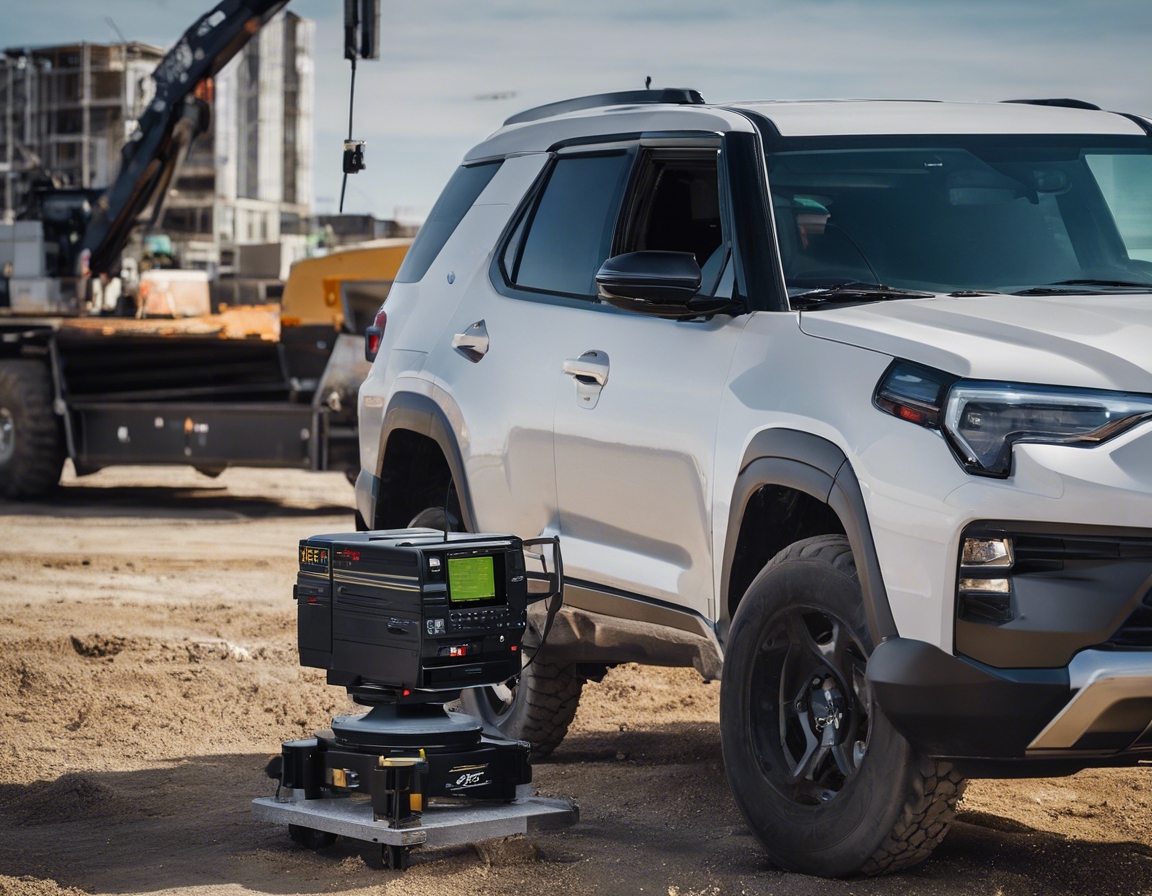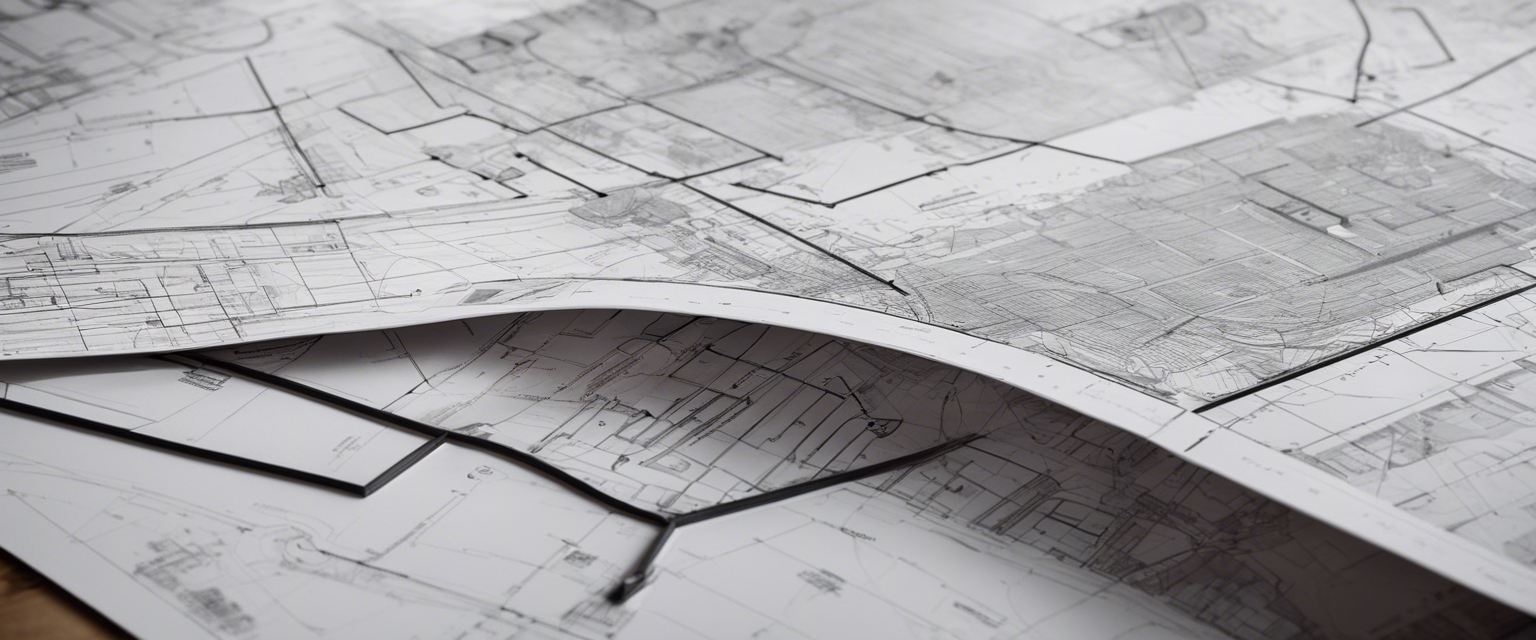The future of construction: how laserscanning is changing the game
Laserscanning, also known as LiDAR (Light Detection and Ranging), is a cutting-edge technology that captures detailed three-dimensional data of physical objects and environments. By emitting laser beams and measuring the time it takes for them to return, laserscanning devices create precise digital representations, known as point clouds, which can be used for a variety of applications in construction.
Traditional surveying methods have been the backbone of construction planning for centuries. However, the advent of laserscanning has revolutionized the way we capture and analyze spatial data. This technology offers a level of detail and speed unattainable by conventional means, paving the way for more efficient and accurate project execution.
The Impact of Laserscanning on the Construction Industry
Laserscanning provides unmatched precision in capturing the dimensions and contours of a construction site. This accuracy is crucial for architects, engineers, and builders who rely on exact measurements to ensure their designs are executed flawlessly.
The speed of laserscanning not only saves time during the data collection phase but also reduces the overall project timeline. Quicker data acquisition leads to faster decision-making and can significantly cut down on labor and operational costs.
By providing comprehensive data on a site's characteristics, laserscanning helps identify potential risks before they become issues. This proactive approach enhances worker safety and helps prevent costly mistakes and delays.
Laserscanning Applications in Construction
Before breaking ground, laserscanning can be used to create detailed topographical maps that inform site planning and design. This ensures that potential problems are addressed early in the process, saving time and resources.
Laserscanning is integral to BIM, allowing for the creation of accurate 3D models of buildings. These models are essential for structural analysis, design optimization, and coordination between different construction disciplines.
For renovation projects, especially those involving historical structures, laserscanning is invaluable. It enables precise documentation of existing conditions, which is essential for preserving the integrity of these buildings during the renovation process.
Technological Advancements in Laserscanning
Laserscanning is increasingly being integrated with other technologies such as GPS, drones, and virtual reality. This synergy enhances data collection capabilities and provides new ways to visualize and interact with spatial data.
The future of laserscanning promises even greater advancements, with potential developments in automation, increased resolution, and integration with artificial intelligence. These trends will continue to push the boundaries of what's possible in construction planning and execution.
Adopting Laserscanning in Construction Projects
While laserscanning offers numerous benefits, its adoption comes with challenges such as the need for specialized training and the initial investment in technology. Companies must weigh these factors against the potential gains in efficiency and accuracy.
To maximize the benefits of laserscanning, it's important to follow best practices for implementation. This includes proper planning, investing in quality equipment, and ensuring that staff are adequately trained to interpret and utilize the data collected.






Comments (0)